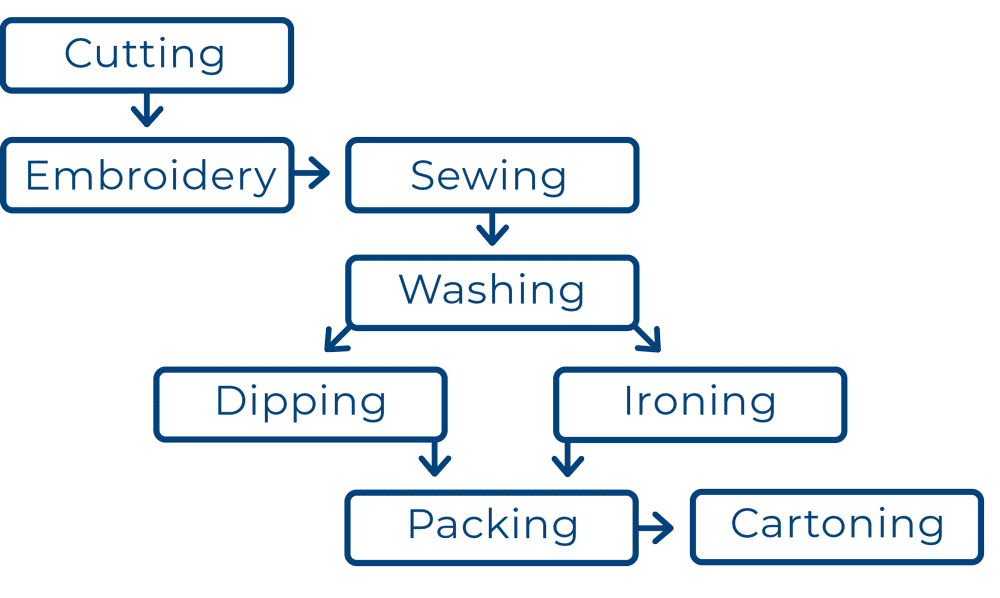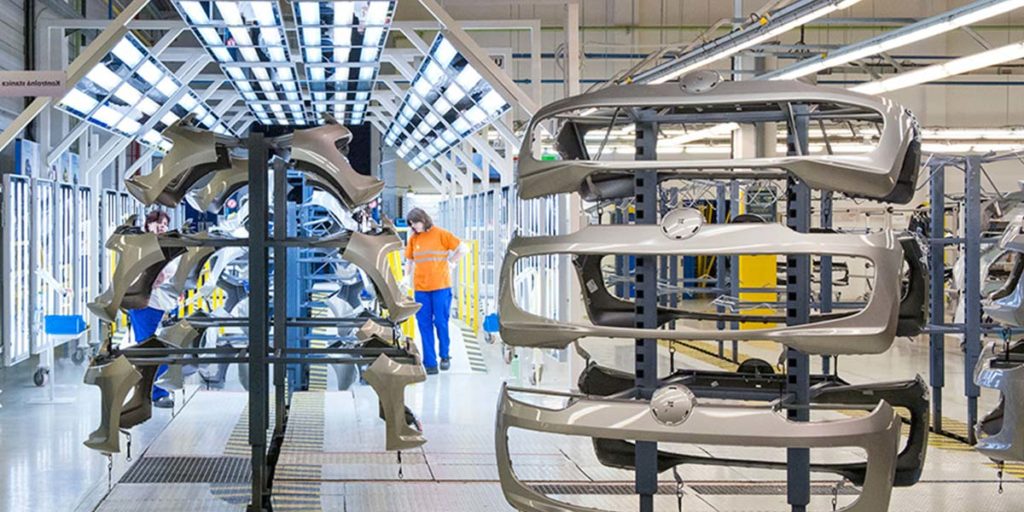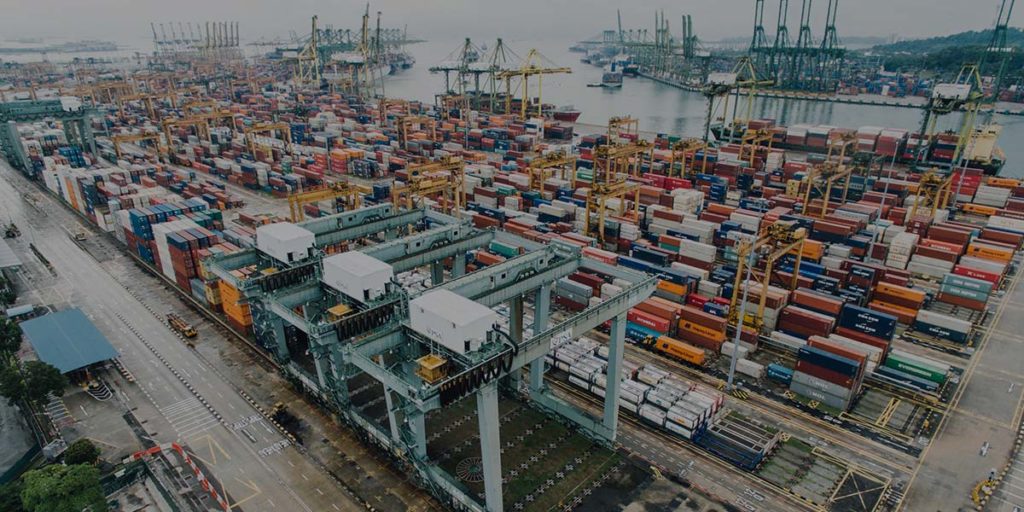Overview
Optimizing the Production Planning for a leading global Apparel Manufacturer.
One of the world’s largest garment manufacturers. They produce shirts, blouses, knits, pants, outerwear, and suits for many of the most famous garment brands.
With headquarters in Hong Kong, they have 11 factories around the world.
The competitive advantage relies on its excellent product quality and its efficient and low-cost manufacturing process.
The product demand is characterized by thousands of customer-specific styles. Within its production process, the sewing step is the most labor-intensive and its efficiency is significantly reduced when changing between sewing styles (learning curve). The need to match demand variability and cope with style changes makes manual planning extremely complex and difficult.
The Apparel manufacturing process
Before the DecisionBrain project, production planning used to be manual, involving 10+ planners and leading to slow, inconsistent and error-prone results. With poor quality data, low on-time delivery, low operational efficiency and long lead time.
Solution
Better planning to achieve operational efficiency.
DecisionBrain’s solution focused on improving production planning to achieve a lower manufacturing cost, lower inventory costs, and more predictable promise dates.
Results
Late orders and cycle times have been reduced
Gantt shows the setup (style family change) to be monitored and managed by planners. Easy Drag & Drop functionality
This was accomplished by assigning work orders to production lines over the planning horizon, providing a global view of the manufacturing process, and sequencing the work order in each line to minimize changeover times considering the style learning curve.
The planning process was automated to measure quality, identify bottlenecks and exceptions. As a result, late orders and cycle times have been reduced. Additionally, throughput and profit margins have been increased.













